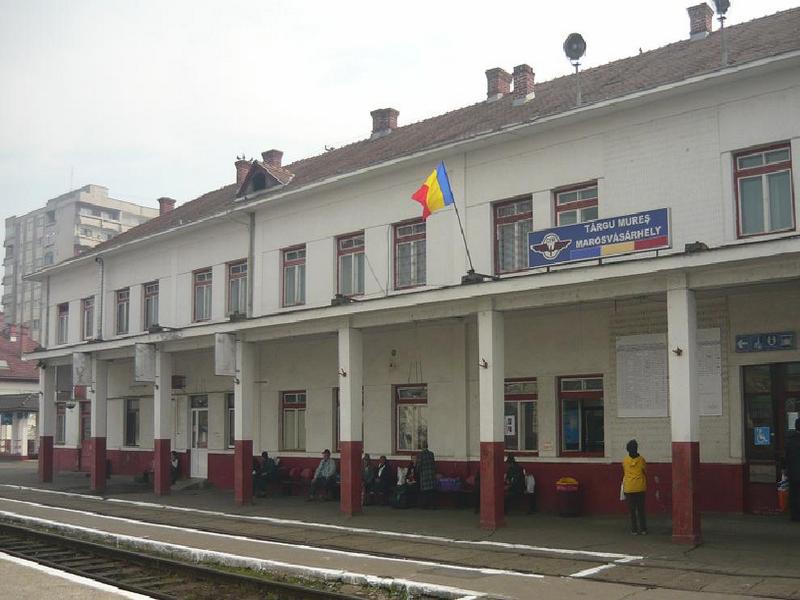
Under communist times, the station received a number of upgrades, such as a footbridge (1950s or 1960s), partial electrification on 16 February 1969, and then an expansion between 19 and complete electrification. The station and its surroundings were heavily bombed by the Allies in April 1944 during a campaign aimed at the Axis supply lines, since the station played an important part in the Romanian railway network and was the main departure point for troops headed to the Eastern Front. It was initially named Gara Târgoviștei, after the road nearby, Calea Târgoviștei ('Târgoviște Road', nowadays Calea Griviței) and took its current name in 1888. Between 1895-1896 a new wing of the station was built, which included a 'Royal hall' due to the visit of Emperor Franz Joseph of Austria-Hungary. The first railways between Roman - Galați - Bucharest - Pitești were put in service on 13 September 1872. The building is designed as a U-shaped structure. The station was built between 1868-1872, the foundation stone was set on 10 September 1868 in the presence of Carol I of Romania. The vast majority of mainline trains to and from Bucharest originate from Gara de Nord. Tren IR-1653 Bucuresti Nord (21:30) - Ploiesti Sud.


Afla in ce localitati! Program agentii CFR CFR Calatori a anuntat ca. Plecarile din gara de Nord Bucuresti, tipul trenului, numarul acestuia, ora plecarii, ruta pe ca. Vizitati pagina dedicata acestora pe situl CFR Programul TV. Pentru mai multe informatii si detalii legate de mersul trenurilor, restrictii de circulatie, informatii legate de alte rute, etc. Bucharest North railway station (Romanian: București Gara de Nord) is the main railway station in Bucharest and the largest railway station in Romania.


 0 kommentar(er)
0 kommentar(er)
